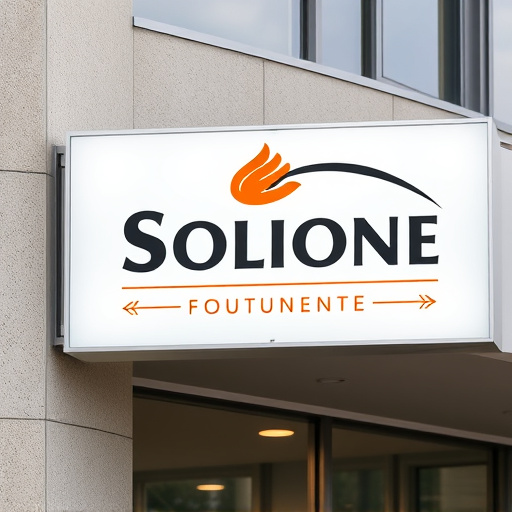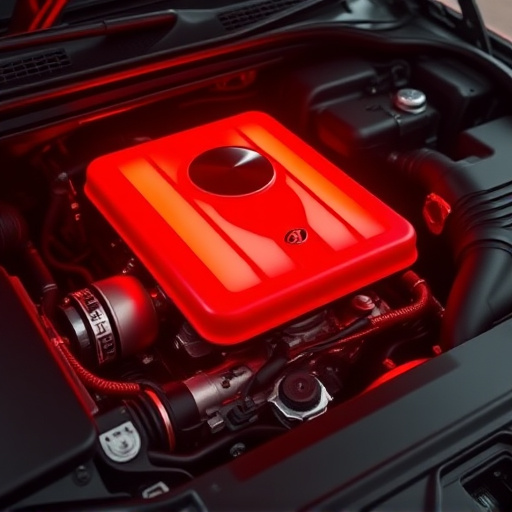Visual elements and consistent brand identity design are crucial for capturing consumer attention, conveying values, and fostering long-term recognition. Effective visual branding increases recall, loyalty, and positive associations, differentiating a company from competitors in crowded markets like custom vehicle wraps. By evoking emotions and building trust through strategic aesthetics, brands create memorable interactions that foster strong customer connections.
“Brand identity design is a powerful tool that shapes customer perception and drives business success. This article explores how the visual elements of a brand create first impressions and foster recognition, while consistency builds trust over time. We delve into the emotional connection sparked by design, revealing its ability to influence consumer behavior. By understanding these dynamics, businesses can craft compelling brand identities that resonate with their target audiences.”
- Visual Elements: First Impressions and Brand Recognition
- Consistency and Its Role in Building Trust
- Emotional Connection: The Power of Design to Influence Behavior
Visual Elements: First Impressions and Brand Recognition

Visual elements play a pivotal role in shaping customers’ initial perceptions and long-term brand recognition. The design of a brand identity, encompassing logos, color palettes, typography, and imagery, creates an instant connection with consumers. A well-designed visual identity can capture attention, convey values, and differentiate a brand from its competitors. For instance, consider the impact of professional PPF installation (paint protection film) or ceramic window tinting; these services often rely on appealing visuals in their branding to showcase the benefits of protective coatings for vehicles.
The power of first impressions cannot be understated, especially in today’s fast-paced market where brands compete for our attention constantly. Effective visual elements in brand identity design ensure that a company leaves a lasting impression and fosters positive associations. When consumers recognize a brand visually, it becomes a powerful trigger, leading to increased brand recall and loyalty. This is particularly relevant when exploring the relationship between aesthetics and customer satisfaction, as aesthetically pleasing designs can significantly influence how customers perceive and interact with a brand.
Consistency and Its Role in Building Trust

Consistency is a cornerstone of any successful brand identity design. When a brand presents itself in a consistent manner across all touchpoints—from logo and color schemes to tone of voice and customer service interactions—it builds a sense of familiarity, predictability, and trust with its audience. This consistency serves as a protective coating for the brand, shielding it from the noise of the market and fostering a strong, lasting connection between the brand and its customers.
Think of your favorite brands—those that seamlessly wrap their identity around every interaction you have with them. Their consistent brand messaging and design elements create a kind of vehicle protection for their reputation, making them stand out in a crowded landscape. This is particularly true for custom vehicle wraps and protective coatings, where visual appeal and durability are paramount. A well-designed brand identity ensures that these physical representations of the brand reflect its essence, reinforcing the overall customer perception positively over time.
Emotional Connection: The Power of Design to Influence Behavior

Design is a powerful tool that goes beyond aesthetics; it has the unique ability to forge an emotional connection between brands and their customers. When a brand’s identity is meticulously crafted, it becomes more than just a logo or color palette—it evokes feelings and triggers behaviors. This emotional bond is a significant aspect of how brand identity design influences customer perception and loyalty.
A well-designed brand identity can create a sense of familiarity, trust, and even excitement among consumers. For instance, the use of specific colors, shapes, and visual elements can stimulate positive emotions, making customers more receptive to the brand’s message. This connection is especially crucial in today’s competitive market where brands strive to stand out. Moreover, by incorporating protective coatings and heat rejection technologies (in physical products) or innovative digital experiences (for online brands), designers can enhance this effect, ensuring a memorable and enjoyable user experience that fosters long-term customer relationships.
Brand identity design is a powerful tool that shapes customer perception, fosters emotional connections, and promotes brand recognition. By strategically incorporating visual elements, maintaining consistency, and understanding consumer behavior, businesses can create a compelling brand identity that resonates with their target audience. This, in turn, enhances trust, encourages loyalty, and drives positive actions, ultimately contributing to the success of any organization in today’s competitive market.














